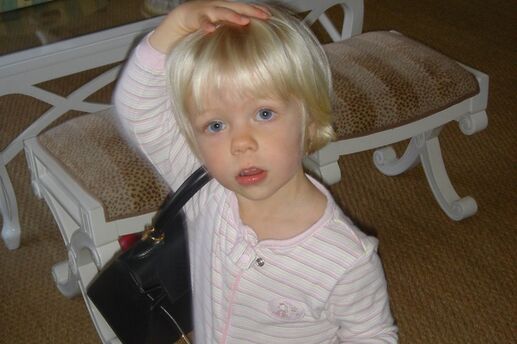Beyond Basic Baby-Proofing

Your baby’s safety and health is your top concern, so it’s no wonder that moms spend so much time baby-proofing their homes, from installing baby safety gates to covering electrical outlets. But now that your baby’s crawling or walking, a whole new set of safety hazards opens up. Here’s how to go beyond basic baby-proofing to keep your baby safe.
Safeguard your windows.
Window guards (rows of bars no more than 4 inches apart that screw securely into window frames) or window stops (adjustable safety devices that prevent windows from opening more than 4 inches) are a toddler safety must on all upper-level windows. (An adult can release these quickly if there’s a fire.) Also, make sure all window blinds or shades are cordless, as the cords could accidentally injure a crawling baby or toddler.
Secure furniture.
A curious, walking baby will climb furniture, including TV stands and dressers, to reach an item. This can cause the furniture or TV to fall and potentially hurt your baby. Prevent tip-over accidents by securing large objects like dressers, TV stands, changing tables, and bookshelves securely to a wall or floor with an anchor.
Lock up poisonous products.
Store potentially dangerous items, including cleaning products, medications, and cosmetics in a locked container or cabinet out of your baby’s sight and reach. Your diaper bag and purse can also pose a danger if they contain items like hand sanitizer or candies that could be a choking hazard. Instead of dropping your bag on the floor when you’re not using it, keep it high on a closet shelf out of your crawling baby’s reach.
Prevent burns.
The delicate skin of a new baby is extremely vulnerable. Set your hot water heater to 120 F or lower and always test the water temperature before placing your baby or toddler in the tub. The kitchen is another dangerous scalding hot spot, so turn pot handles toward the back of the stove and use the back burners as much as possible.
It’s critical to stay on top of baby-proofing as your new baby becomes more independent and starts to explore his world, so once you’ve tackled this to-do list, get down to your baby’s eye level to see what other hazards he might encounter. You’ll breathe easier knowing your little one is safe!


